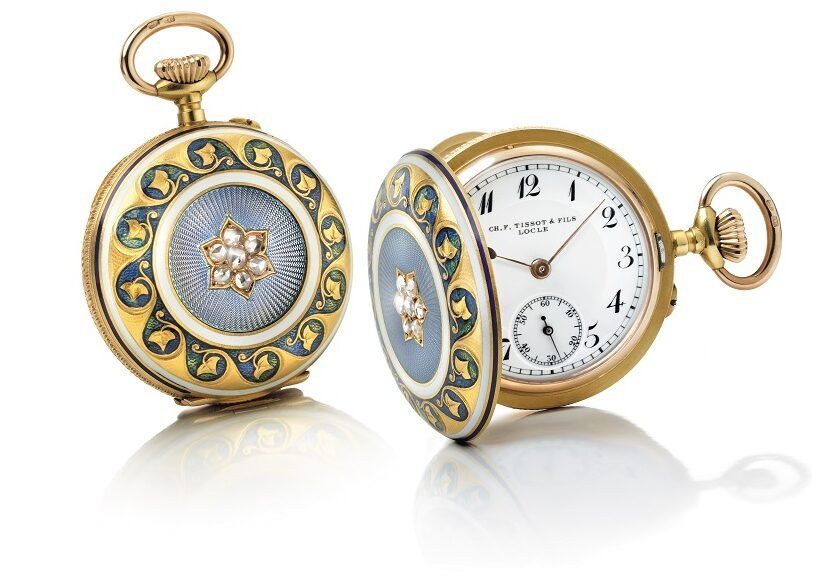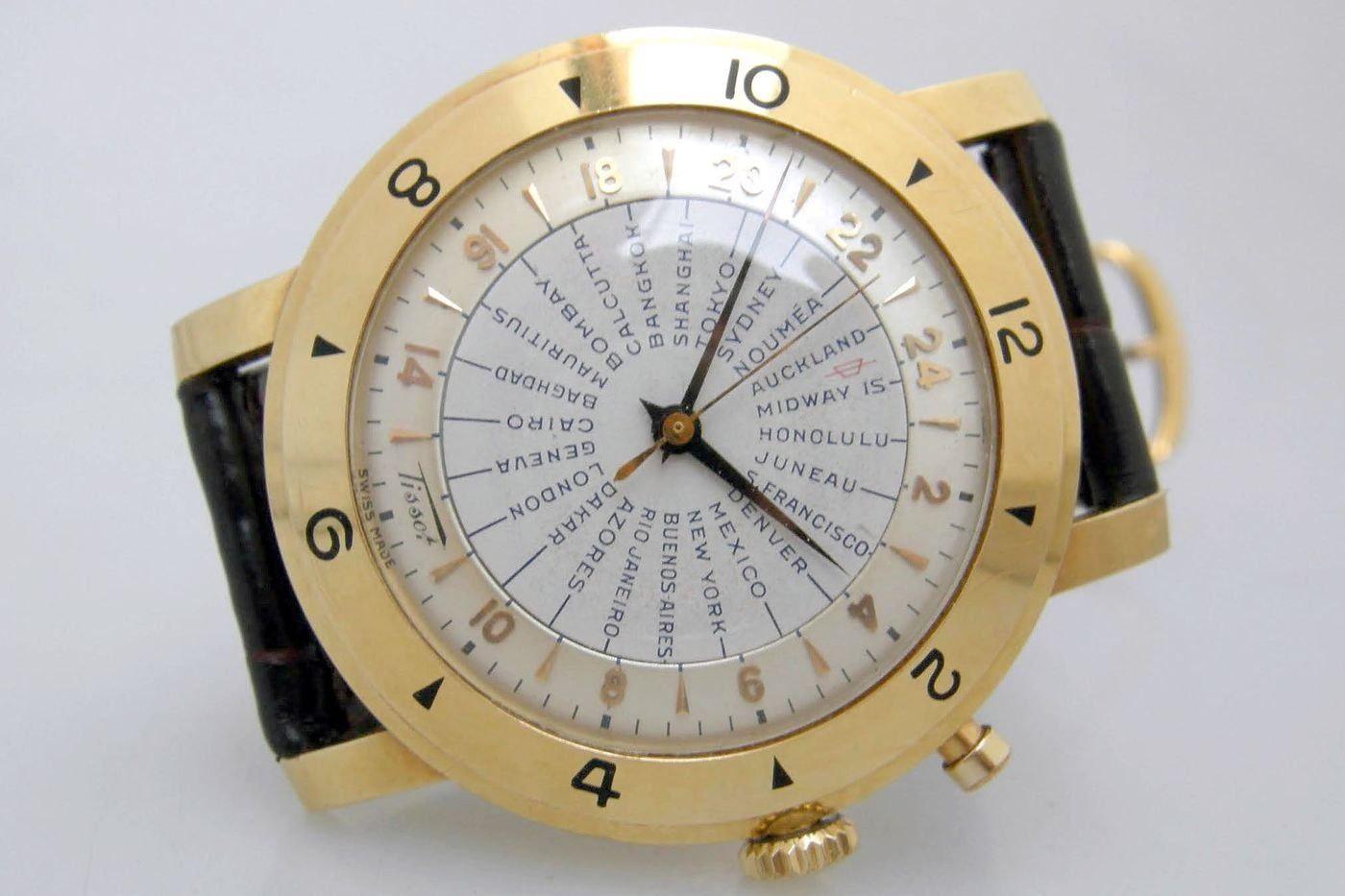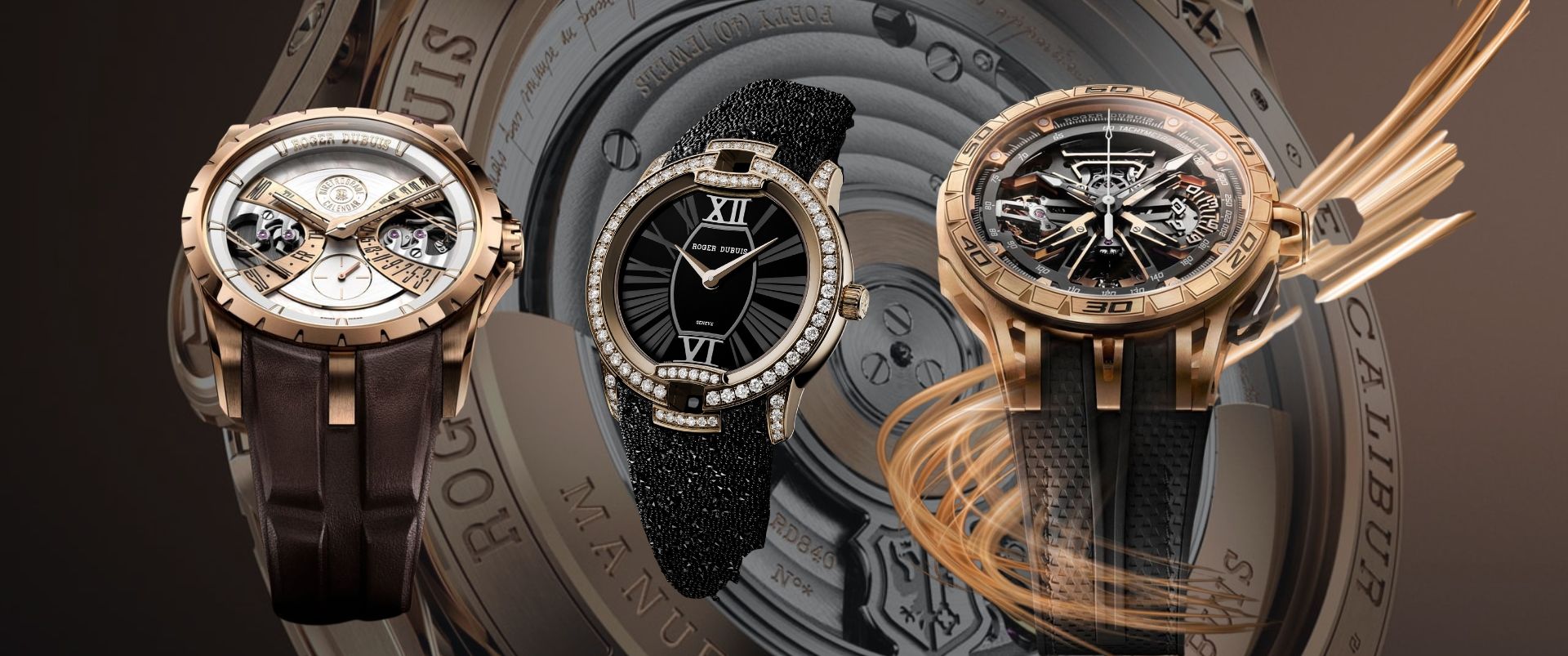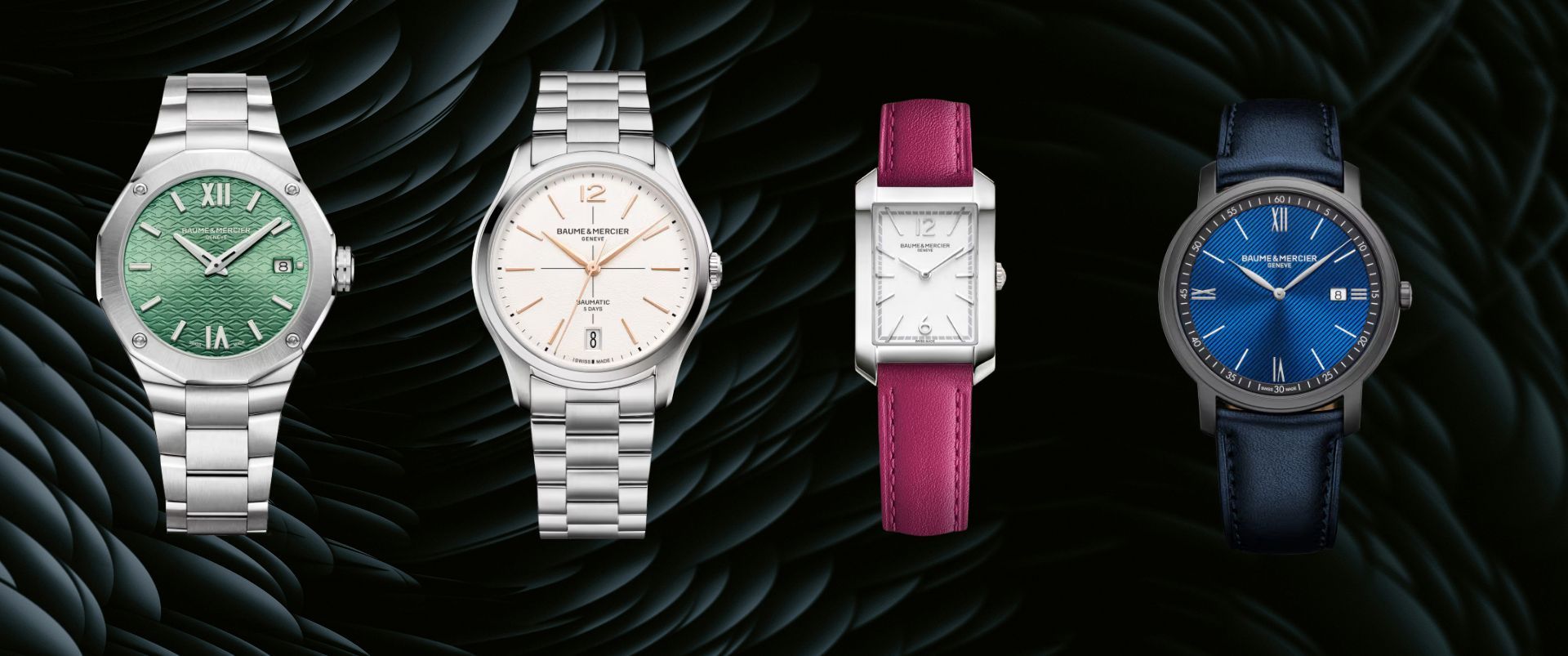Time for Tissot: Turns Out Its Never Bad
By Nirja Dutt
For a brand that’s stood the test of almost two centuries, and is always presenting watches that are an instant success and are actually well priced, I’m here to understand what makes Tissot tick?

Anytime I get asked what is one brand that works well within a budget but promises the precision and craftsmanship of fine Swiss watchmaking I can’t help but suggest a Tissot creation. But have you ever wondered who they are and what’s their history? How did they reach a place of such great balance? Read on…
From the top
Founded in 1853 by father-son duo Charles-Félicien Tissot and Charles-Émile Tissot, Tissot had its humble beginnings in Le Locle, Switzerland in their home. The ‘factory’ as they used to call it back then was quintessentially family run and the father son team would work closely in tandem with each other as casemaker and watchmaker respectively. Whilst the Neuchatel region was predominantly known for watchmaking, the family had larger dreams to expand beyond the realms of the country to showcase their expertise and flare.
An international affair
By 1858, Charles-Émile Tissot had left for Russia and had impressed the Czar and started selling their savonnette-style pocket watches all through the empire. The closable lid of the pocket watch was what made it exceptional at the time, lending itself for elaborate ornamentation on the lid—something that appealed immensely to the Russians of the time. Aside from Russia they were also already selling their pocket watches in the United States of America and had made a name for themselves for their (then unique) dual time time watch that made it possible to view two-time zones with a single glance and one movement.
Wrisiting it all
But this was just the beginning of a very bright future, to meet the growing international demand, Tissot set up a proper manufacture in Chemin de Tourelles, Le Locle, in 1907, within walking distance of their original workshop. It was here that they began to use electrically-powered equipment to machine their case components and started diversifying into wrist watches, interestingly those meant for both men and women.
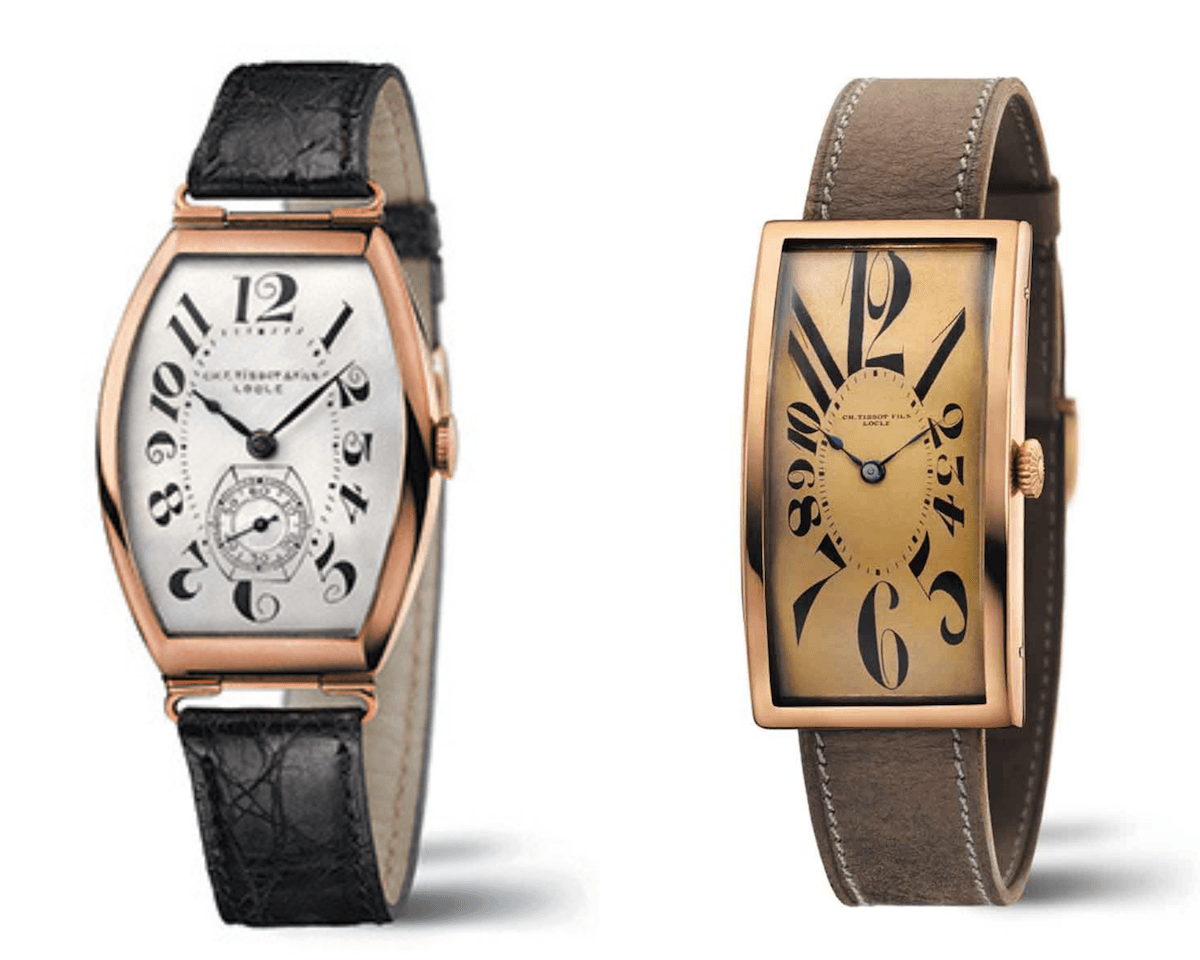
One of the most popular watches from the time was also the Tissot ‘Banana’ watch that was first created in 1916, popular in Russia at the time, an example was returned to the factory for service. With the overthrow of the czar and associated events of 1917, it became illegal to ship anything to Russia. Thus, that particular watch still resides in the factory in Le Locle. The modern Tissot Heritage Prince is a homage to the piece and is also extremely popular in modern-day Russia and all over the world.
By 1930, Tissot had created quite a name for themselves and was also widely known for their watches in many parts of the globe, they were also one of the few brands that was contingent to the times and made a constant effort to combat any needs and issues of time. For example, with the widespread usage of electricity in daily life, one of the most common problems dealt by watch owners was losing seconds, and the magnetism of devices was leading to frequent workshop visits more often than needed. Tissot was quick on its feet to develop the world’s first ever anti-magnetic watch. Using non-magnetic components, the Tissot Antimagnétique was a revolutionary piece for its time.
First things first
Just the first of many path-breaking watches, by 1953 Tissot also made the world’s first ever mass produced watch that showcased 24 timezones, also known as the Tissot Navigator. In 1971 the Tissot Astrolon, also known as the IDEA 2001 was born, the first even plastic mechanic watch. In 1985 they released the RockWatch, which was crafted completely in granite (yes, the stone) and by 1986, the world saw the RockWatch Two Timer, the first watch to feature both analog and digital time displays. Both displays were activated by a single crown. In 1987, a PearlWatch came to life made completely out of mother-of-pearl and in 1988 a WoodWatch was also produced with the same concept but this time with wood.

In 1983, Tissot and Omega’s SSIH joined other Swiss watchmaking groups, forming the conglomerate now known as The Swatch Group. Pooling their resources and breaking barriers, this pivoted Tissot to further up the ante and develop even more compelling and futuristic creations that appealed to audiences worldwide. By the 1990s, they had reached their most experimental stage yet and released the T-Touch, a true trailblazer for its time, this six-function watch featured a touch screen and a combination analog-digital display—a rare mix in the world of horology for the time.
But that seems to be the ethos of the brand, and with an uncanny sense to always spot the gap, stay ahead of the curve and even create a new niche, the hunger of staying fresh has always remained in the label. So I guess obsession beats everything after a point? I guess all I’m saying is that a constant effort really does have a positive result. Speaking of positive, that plus sign logo they have in that vivid red, it actually means exactly this, symbolizing Swiss quality and reliability. And in true Tissot style, their brand motto is ‘Innovators by Tradition’. So while they may be 169 years old with watches that are often referred to as ‘mid-range’ (in terms of price), their offerings are priceless and definitely with the times.
No articles found

